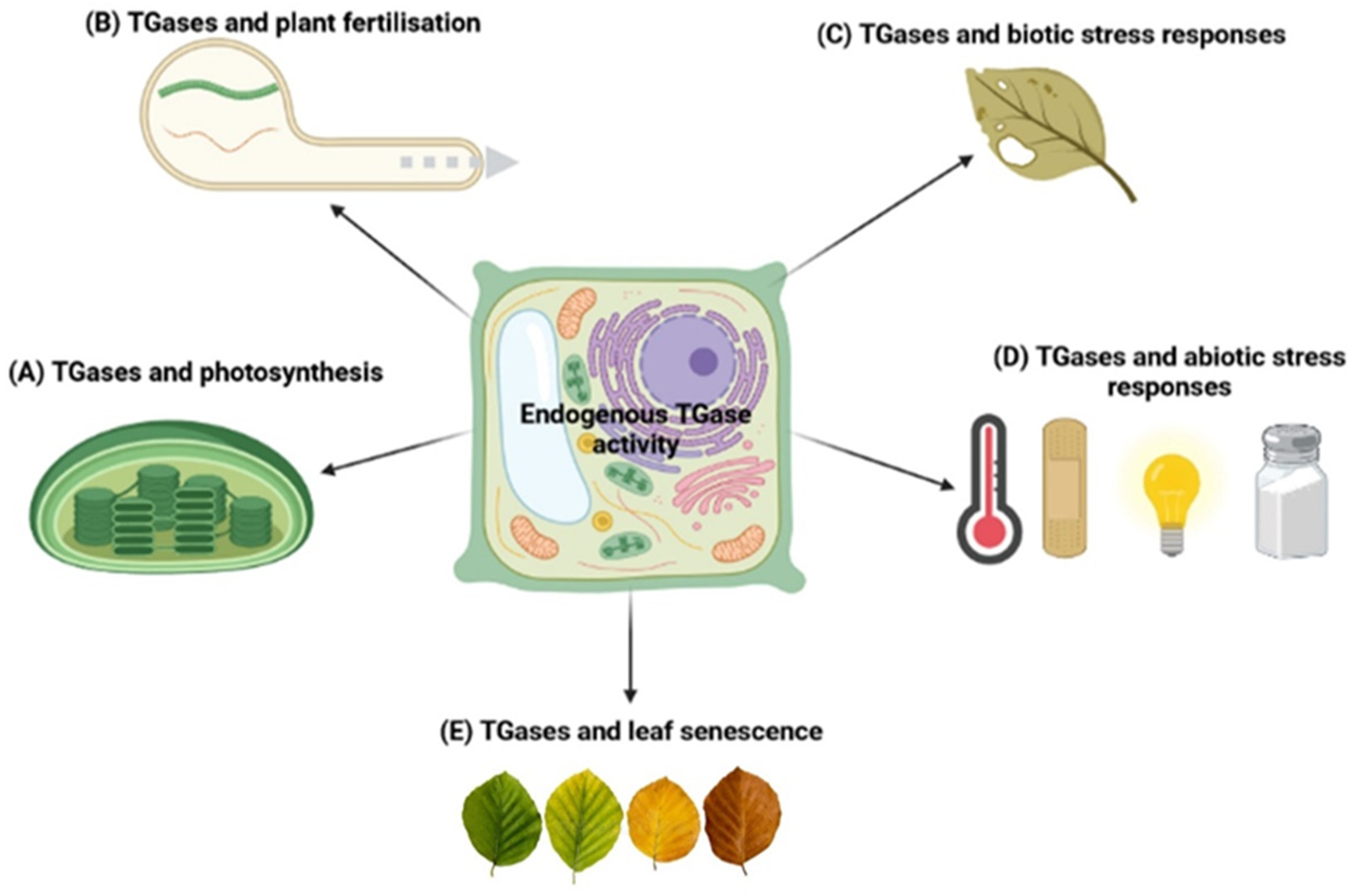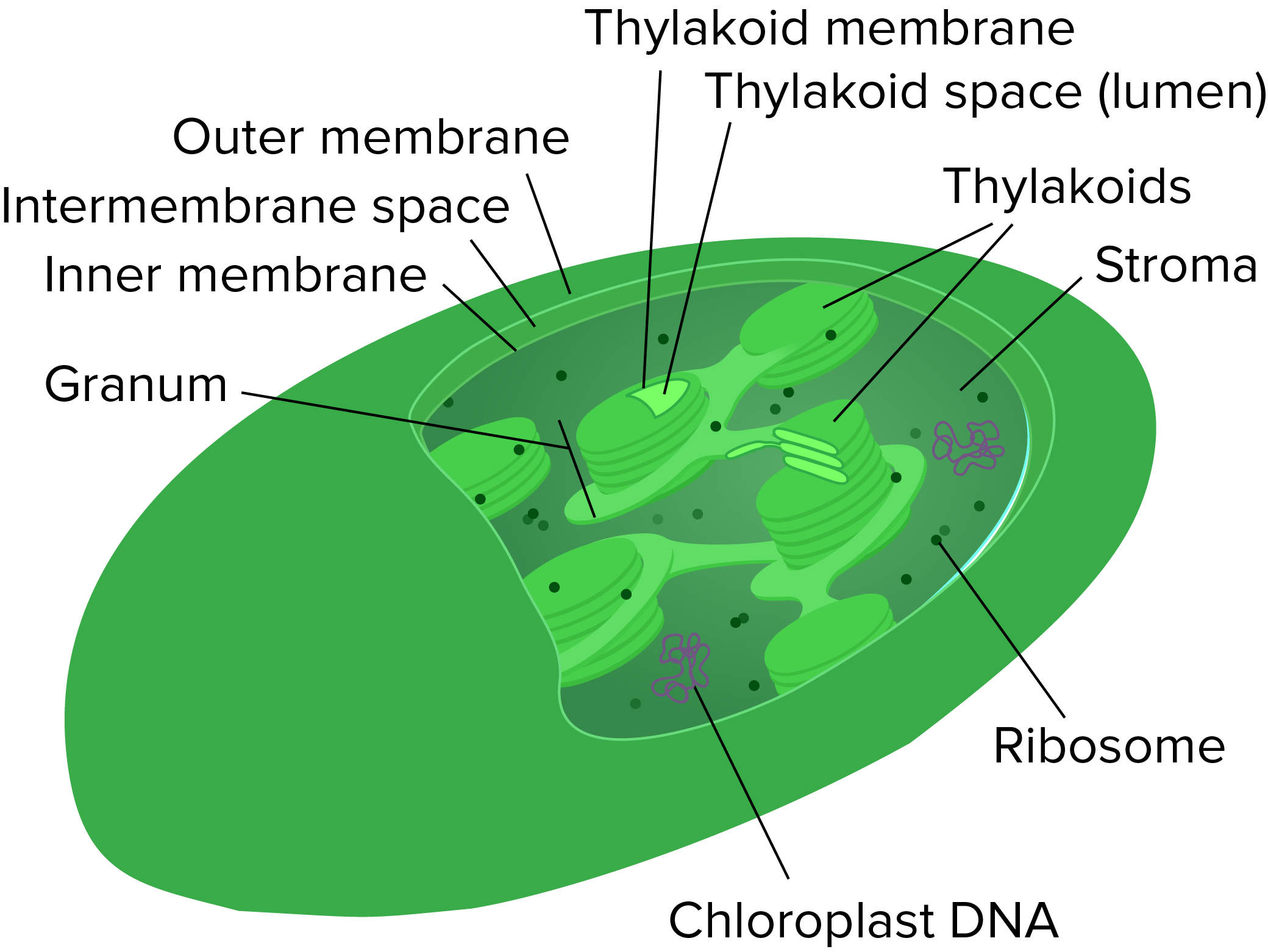A Typical Photosynthetic Eukaryotic Cell Contains Which of the Following
The characteristics that unite the dinoflagellates and make them unique Table I also make determining their phylogenetic affinities difficult Table IIDino-flagellates have a nucleus with permanently condensed chromosomes and unique bases which lacks histones and nucleosomes Soyer-Gobillard 1996 although stages in some complex life histories may have a more. What is a plausible explanation.

Cells Free Full Text Plant Transglutaminases New Insights In Biochemistry Genetics And Physiology Html
Plant cells and fungi cells also have a cell wall.

. Structure of prokaryotic and eukaryotic cells. Endomembrane system endoplasmic reticulum golgi bodies lysosomes vacuoles mitochondria. A Prokaryotic cell walls limit their cell growth.
Cell walls consist of proteinglycoprotein layer called S layer pseudomurein layer or i. We have servers that operate 999 of the time. In addition to the nucleus eukaryotic cells may contain several other types of organelles which may include mitochondria chloroplasts the endoplasmic reticulum the Golgi apparatus and.
Plant cell and animal cell. Also access the following resources for Class 11 Chapter 1 The Living World at BYJUS. C Eukaryotes have compartmentalization which allows for specialization.
Identify if the following statement generally applies to prokaryotes eukaryotes bacteria andor archaea. Pl algae Any member of a diverse polyphyletic group of photosynthetic eukaryotic mostly aquatic organisms ranging from simple unicellular microalgae to massive colonial or multicellular forms such as kelp. Biochemistry is the study of the chemical substances and vital processes occurring in living organisms.
The following figure is a schematic that depicts one possible view of the relationship between the fields. A It has a greater number of genes. Cell membrane cell wall.
B Prokaryotes lack the genetic material needed for protein synthesis. D Prokaryotes have more diverse energy sources. Prokaryotic cells are smaller than eukaryotic cells.
Cell organelles structure and function. Hfr cell DNA begins entering the recipient cell at Time A. The following are some of the ways we employ to ensure customer confidentiality.
We have also been using secure connections EV SSL Our sample essays. In cell biology an organelle is a specialized subunit usually within a cell that has a specific functionThe name organelle comes from the idea that these structures are parts of cells as organs are to the body hence organelle the suffix -elle being a diminutiveOrganelles are either separately enclosed within their own lipid bilayers also called membrane-bound organelles or. We have encrypted all our databases.
All our clients personal information is stored safely. How is the recipient cell different at Time D than it was at Time A. Algae may reproduce sexually or asexually and are often compared to plants though they lack most of the complex cell and tissue types that characterize true plants.
Assume that reciprocal crossing over occurs in other words a fragment of the recipients chromosome is exchanged for a homologous fragment from the Hfr cells DNA. Inside the cell is the cytoplasmic region that contains the cell genome DNA.

Mitochondria And Chloroplasts Article Khan Academy

Vacuole Definition Structure Function Facts Britannica

Cells Where Is Dna Found In A Cell Ancestrydna Learning Hub

We Are Aware That All Life Stems From A Single Cell And That The Cell Is The Most Basic Unit Of All Living Organism Plant Cell Diagram Cell Diagram Plant Cell
No comments for "A Typical Photosynthetic Eukaryotic Cell Contains Which of the Following"
Post a Comment